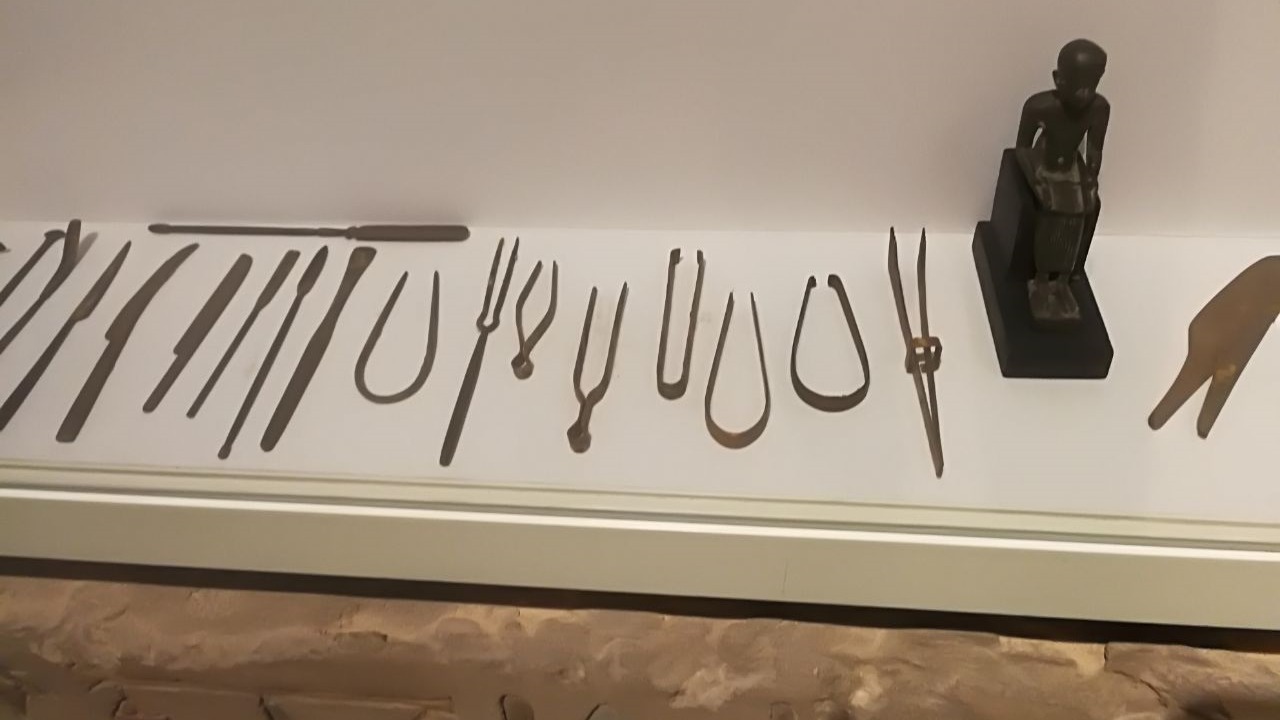
In a remarkable breakthrough for archaeology and ancient medical history, a 2,300-year-old tool used for skull surgery has been discovered at a Celtic settlement in Poland. This significant find not only sheds light on the advanced surgical practices of the Celts over two millennia ago but also provides fresh insights into prehistoric healthcare in the region.
The Discovery Site
The Celtic settlement where the tool was unearthed is of great historical significance, having been a hub of ancient Celtic activity. The meticulous excavation process that led to the discovery of the 2,300-year-old tool also yielded other contextual artifacts, further enriching our understanding of the Celtic era. The site’s role in broader Celtic migrations and settlements in Eastern Europe is undeniable, and this discovery only adds to its historical importance.
Description of the Surgical Tool
The 2,300-year-old tool, believed to have been used for skull surgery, is a testament to the craftsmanship of the time. Its physical characteristics, including its material composition, hint at a sophisticated understanding of surgical procedures. The tool’s shape and ancient usage patterns suggest its function in trepanation or similar cranial procedures. Compared to similar implements from other Celtic sites, this tool stands out for its uniqueness.
Historical Context of Celtic Medicine
There is ample evidence of skull surgery practices among ancient Celts, including the prevalence of trepanation for treating head injuries or ailments. The tool dates back approximately 2,300 years to the late Iron Age Celtic period. Such tools reflect the Celts’ knowledge of anatomy and their use of herbal anesthetics, highlighting their advanced medical practices in prehistoric Europe.
Significance for Archaeology
The discovery of this 2,300-year-old Celtic skull surgery tool reshapes our understanding of medical advancements in ancient Poland. The tool’s potential to reveal trade networks is significant, as the Celts interacted with neighboring cultures for metallurgical techniques. Preservation challenges and methods used to study the artifact post-excavation also provide valuable insights into archaeological practices.
Expert Reactions and Interpretations
Archaeologists have described the find as a “stunning” revelation in Celtic history. The tool’s role in ritualistic versus practical surgery among ancient Celts is a subject of ongoing research. Forensic analysis is planned to confirm the tool’s surgical use, which will further our understanding of ancient Celtic medical practices.
Broader Implications
The Polish discovery connects to global patterns of ancient neurosurgery across cultures like the Incas or Egyptians. The tool contributes significantly to debates on Celtic technological sophistication in Eastern Europe. Future excavations at the site could yield more medical artifacts from the 2,300-year-old period, further enriching our understanding of ancient medical history.
More from MorningOverview